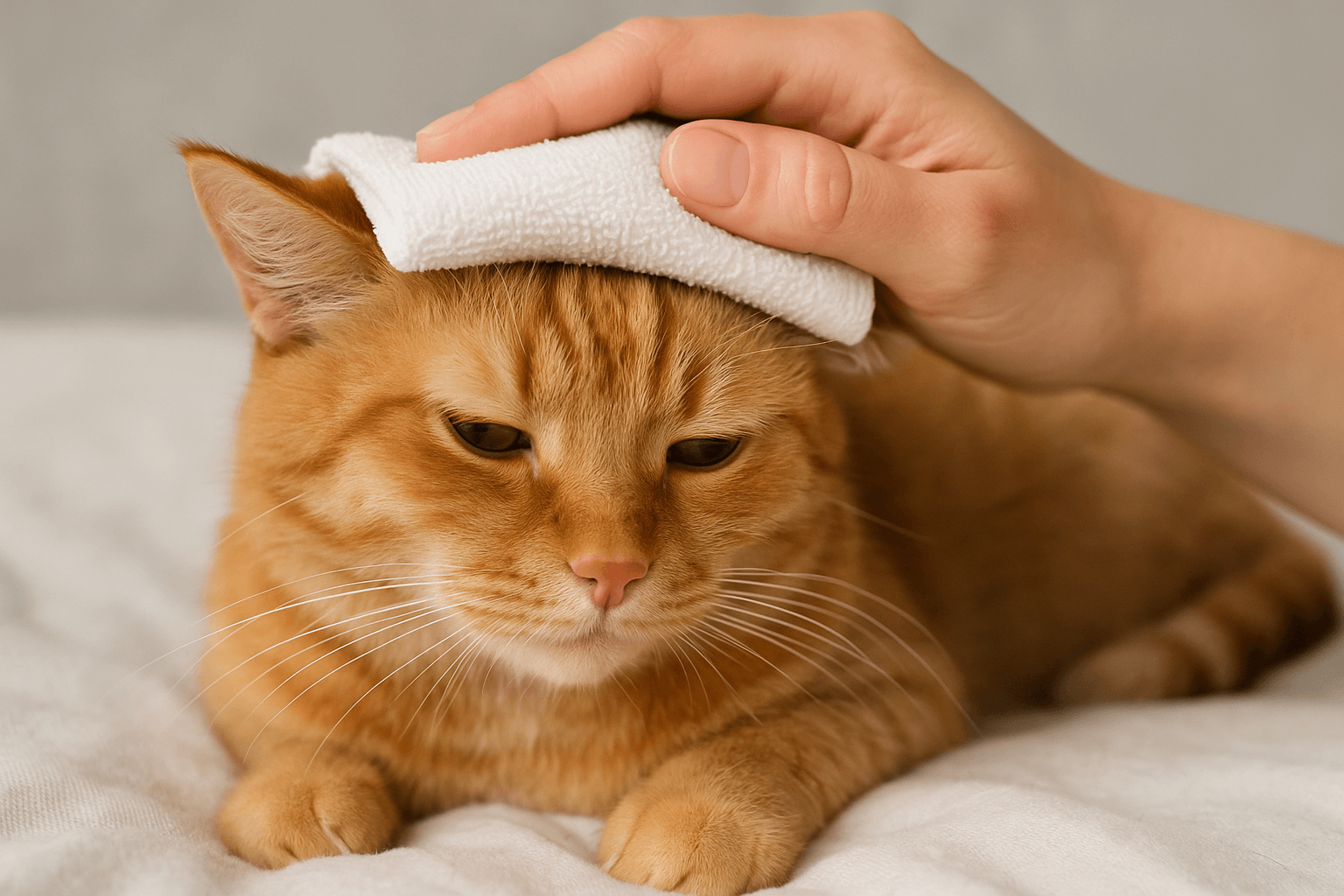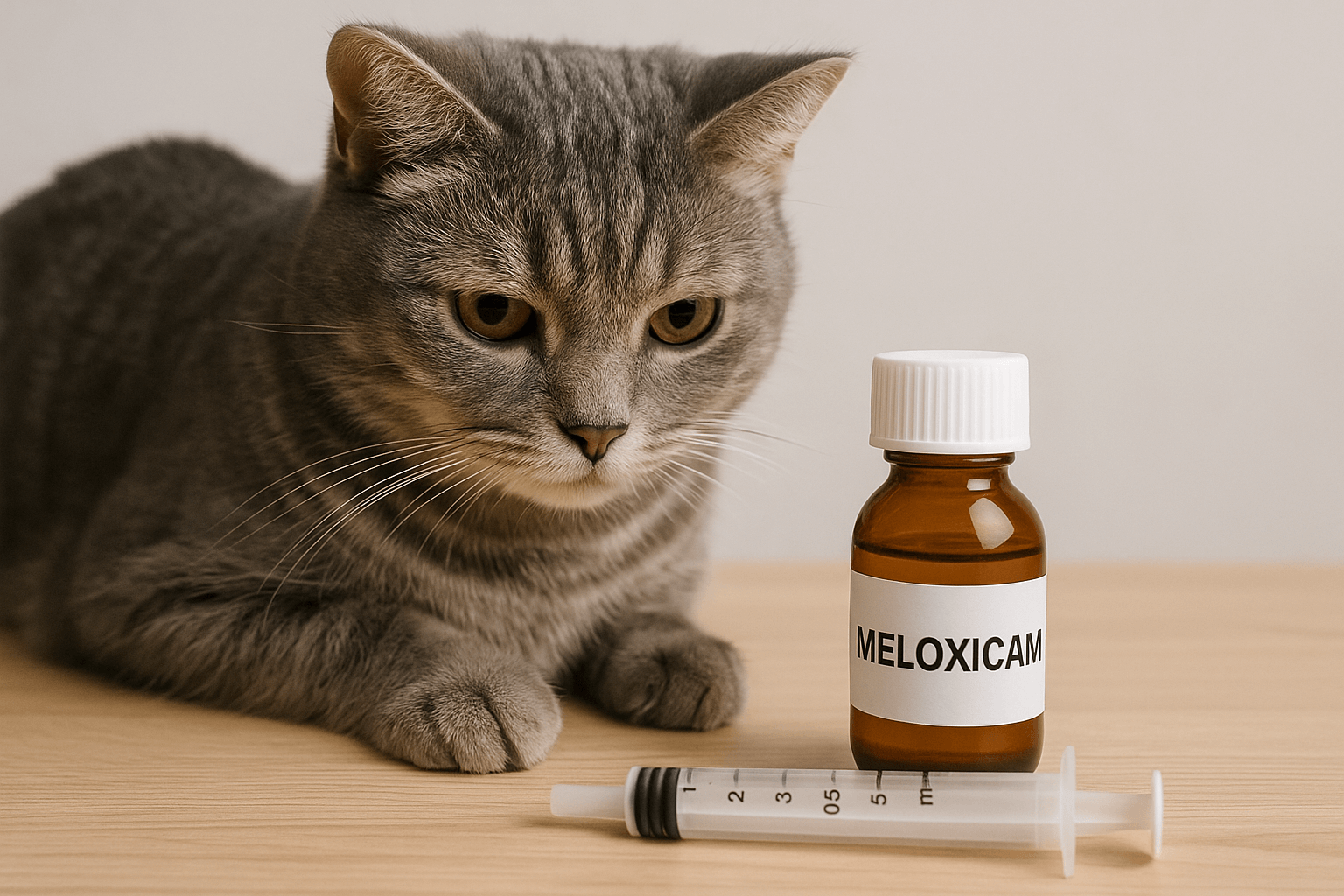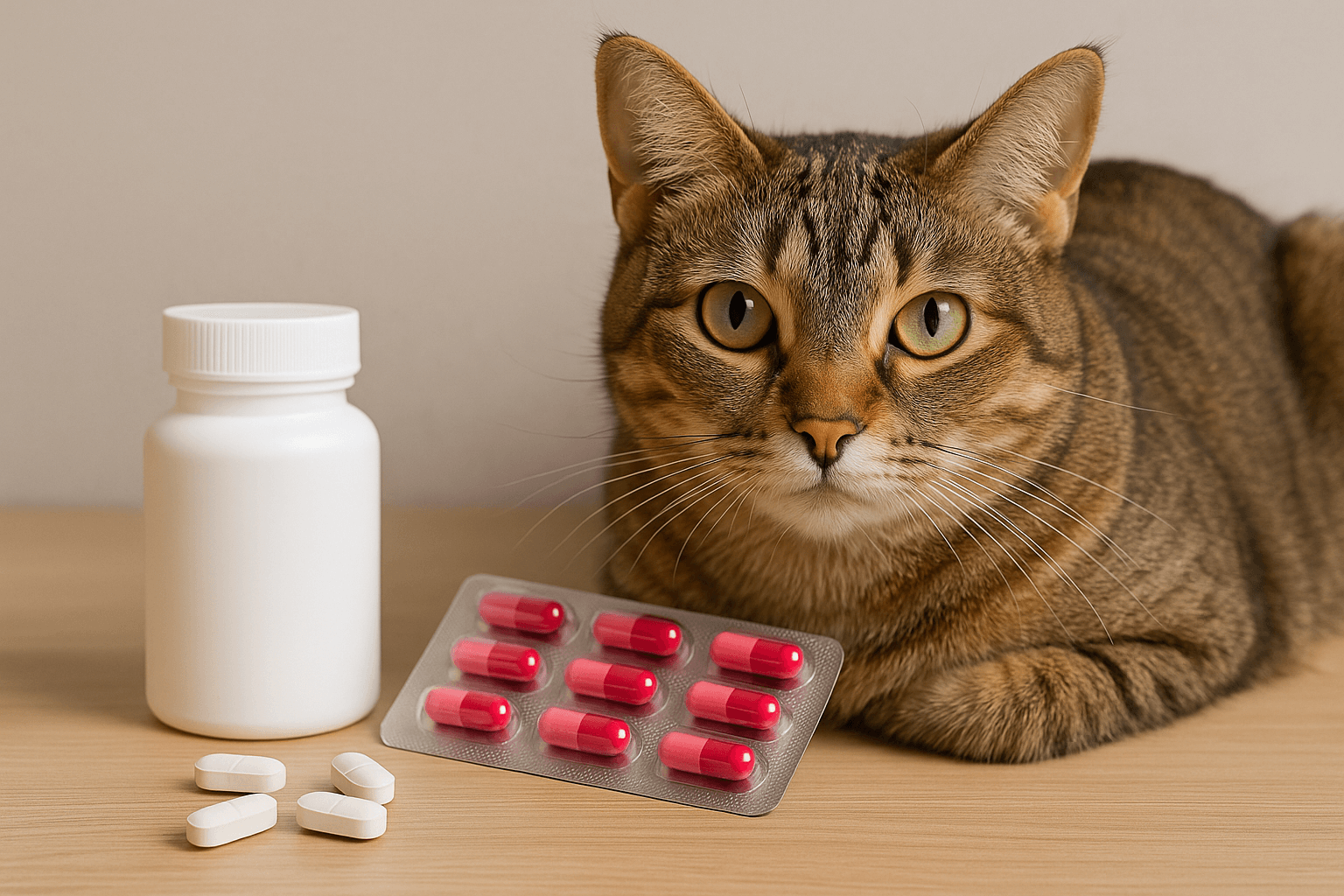Understanding Brown Discharge in Dog Ear Infections: Causes, Symptoms, and Solutions
If you’ve noticed brown discharge in your dog’s ears, it’s natural to feel concerned. This symptom is often a sign of an underlying issue, such as an ear infection or other health condition. While some cases may be mild and easy to manage, others could indicate a more serious problem requiring veterinary attention. Understanding the potential causes, recognizing accompanying symptoms, and knowing how to respond are key to ensuring your furry friend stays comfortable and healthy. In this blog post, we’ll explore everything you need to know about brown discharge in dog ear infections, including prevention tips and treatment options. By the end, you’ll feel empowered to address this issue confidently and keep your dog’s ears in top shape.
Common Causes of Brown Discharge in Dog Ears
Brown discharge in a dog’s ears can stem from various causes, ranging from minor irritations to more severe infections. Identifying the root cause is essential for proper treatment. Here are some common reasons behind this symptom:
Bacterial Infections:
Bacteria thrive in warm, moist environments, making a dog’s ears a prime location for infection. This often results in brown, foul-smelling discharge.Yeast Overgrowth:
Yeast infections are another frequent culprit, especially in dogs with floppy ears or allergies. The discharge may appear brownish and sticky.Ear Mites:
These tiny parasites can cause intense itching and lead to brown, crusty discharge as they feed on ear wax and skin debris.Foreign Objects:
Grass seeds, dirt, or other debris trapped in the ear canal can irritate the area and produce abnormal discharge.Allergies:
Food or environmental allergies can trigger inflammation in the ears, leading to excess wax production and brown discharge.
By understanding these potential causes, you can take the first step toward identifying and addressing the issue effectively.
Symptoms That May Accompany Brown Discharge
While brown discharge is a telltale sign of ear trouble, it’s often accompanied by other symptoms that can help pinpoint the problem. Here’s what to look out for:
Foul Odor:
A strong, unpleasant smell emanating from the ears is a common indicator of infection.Excessive Scratching:
If your dog is constantly pawing at their ears, it could signal irritation or discomfort.Redness or Swelling:
Inflamed ear tissue is a sign of infection or allergic reaction.Head Shaking:
Dogs with ear issues often shake their heads in an attempt to relieve discomfort.Hearing Loss or Sensitivity:
In severe cases, your dog may show signs of hearing impairment or react negatively to touch near the ears.
Recognizing these symptoms early can help you seek timely treatment and prevent complications.
Check this guide 👉Understanding Dog Ear Hematoma and Cauliflower Ear: Best 7 Tips
Check this guide 👉Understanding and Managing Dog Ear Smell: Best 7 Tips!
Check this guide 👉Home Remedies for Dog Ear Infections: Best 7 Health Tips!

Cause of Brown Discharge | Recommended Action |
|---|---|
Bacterial Infection | Consult a vet for antibiotic treatment |
Yeast Overgrowth | Use antifungal medications as prescribed |
Ear Mites | Administer anti-parasitic treatments |
Foreign Objects | Gently clean the ear or seek vet assistance |
Allergies | Identify triggers and consult a vet |
Steps to Prevent Ear Infections in Dogs
Prevention is always better than cure when it comes to your dog’s ear health. By taking proactive measures, you can reduce the risk of infections and minimize the chances of brown discharge. Here are some practical tips:
Regular Ear Cleaning:
Clean your dog’s ears weekly using a vet-recommended solution to remove excess wax and debris.Keep Ears Dry:
After baths or swimming, ensure your dog’s ears are thoroughly dried to prevent moisture buildup.Inspect Ears Frequently:
Regularly check for signs of redness, swelling, or unusual discharge.Address Allergies Promptly:
Work with your vet to manage food or environmental allergies that could affect ear health.Provide a Balanced Diet:
A nutritious diet supports your dog’s immune system, helping them fight off infections.
By incorporating these habits into your routine, you can help keep your dog’s ears healthy and infection-free.
Treatment Options for Brown Discharge in Dog Ears
Once an issue has been identified, prompt treatment is crucial to prevent further complications. Depending on the cause, here are some common treatment approaches:
Veterinary Examination:
A thorough check-up is essential to determine the underlying cause of the discharge.Medicated Ear Drops:
Antibacterial or antifungal drops may be prescribed to treat infections effectively.Oral Medications:
In severe cases, oral antibiotics or anti-inflammatory drugs might be necessary.Thorough Cleaning by a Professional:
A vet may clean your dog’s ears to remove debris and ensure proper application of medication.Follow-Up Care:
Regular rechecks are important to monitor progress and adjust treatment as needed.
With proper care and treatment, most ear issues can be resolved successfully, restoring your dog’s comfort and well-being.
Signs Your Dog’s Ear Infection Is Improving
When treating an ear infection, it’s important to monitor your dog’s progress to ensure the treatment is working. Here are some positive signs that indicate your dog’s ear health is improving:
Reduced Discharge:
The amount of brown discharge decreases, and the consistency becomes less sticky or crusty.Less Odor:
The foul smell associated with the infection begins to fade, signaling a reduction in bacteria or yeast.Decreased Scratching:
Your dog stops pawing at their ears as frequently, indicating reduced irritation.Improved Behavior:
Your dog seems more relaxed and less agitated, showing signs of comfort.Normal Ear Appearance:
The redness and swelling in the ear canal start to subside, returning to a healthier look.
These improvements are encouraging signs that your dog is on the road to recovery, but continue following your vet’s advice until fully healed.
Common Mistakes to Avoid When Treating Ear Infections
While treating your dog’s ear infection, certain mistakes can delay recovery or worsen the condition. Being aware of these pitfalls can help you avoid them. Here’s what to watch out for:
Using Human Medications:
Applying over-the-counter human treatments can irritate your dog’s ears and make the infection worse.Skipping Follow-Up Appointments:
Missing vet check-ups may result in incomplete treatment and recurring infections.Overcleaning the Ears:
Cleaning too frequently can strip the ear of natural oils, leading to dryness and further irritation.Ignoring Underlying Causes:
Failing to address root issues like allergies or mites can cause the infection to return.Delaying Treatment:
Waiting too long to seek veterinary care can allow the infection to progress and become harder to treat.
By avoiding these common mistakes, you can ensure your dog receives the best possible care and recovers quickly.
Tips for Keeping Your Dog Comfortable During Treatment
Treating an ear infection can be uncomfortable for your dog, but there are ways to make the process easier and less stressful. Here are some tips to keep your furry friend comfortable:
Provide a Soft Bed:
Ensure your dog has a cozy place to rest, especially if they’re feeling unwell.Use a Gentle Touch:
Handle their ears carefully during cleaning or medication application to avoid causing pain.Distract with Treats:
Offer small treats or praise to reward calm behavior during treatment sessions.Limit Physical Activity:
Reduce vigorous play or exercise that could irritate the ears further.Keep Them Calm:
Create a peaceful environment by minimizing loud noises or stressful situations.
By focusing on your dog’s comfort, you can make the healing process smoother and strengthen the bond between you and your pet.
Frequently Asked Questions About Brown Discharge in Dog Ears
Is brown discharge always a sign of infection?
Not always, but it’s often linked to infections, mites, or irritation. A vet can confirm the cause.
Can I clean my dog’s ears at home?
Yes, but use vet-approved products and avoid inserting anything deep into the ear canal.
How often should I check my dog’s ears?
Weekly inspections are ideal to catch issues early and maintain ear health.
What if the discharge has a bad smell?
Foul odors usually indicate infection, so consult a vet promptly for diagnosis and treatment.
Are certain breeds more prone to ear problems?
Breeds with floppy ears, like Cocker Spaniels or Basset Hounds, are more susceptible due to reduced airflow.
Final Thoughts: Prioritizing Your Dog’s Ear Health
Brown discharge in your dog’s ears is not something to ignore, as it often signals an underlying issue that requires attention. Whether it’s caused by an infection, mites, or allergies, early detection and proper treatment are key to ensuring your furry companion stays happy and healthy. By staying vigilant, maintaining good ear hygiene, and seeking veterinary care when needed, you can prevent minor issues from escalating into major problems. Remember, your dog relies on you to advocate for their well-being, and addressing ear health is an important part of that responsibility. With the right care, your pup can enjoy life to the fullest—free from discomfort and pain.
Cat Fever Treatment: Best 7 Expert Tips! Discover expert advice on identifying, managing, and treating fever in cats to ensure their quick recovery and well-being.
Understanding Meloxicam for Cats: Best 7 Expert Tips! Learn how to safely administer meloxicam, manage side effects, and ensure your cat's comfort with expert advice on feline pain relief.
Amoxicillin for Cat UTI: Best 7 Expert Tips! Discover safe usage, dosage guidelines, and expert advice on treating feline urinary tract infections effectively with amoxicillin.
Understanding Cat Cancer Treatment: Best 7 Expert Tips! Discover expert advice on managing feline cancer, from early detection to treatment options, ensuring your cat’s health and comfort.





